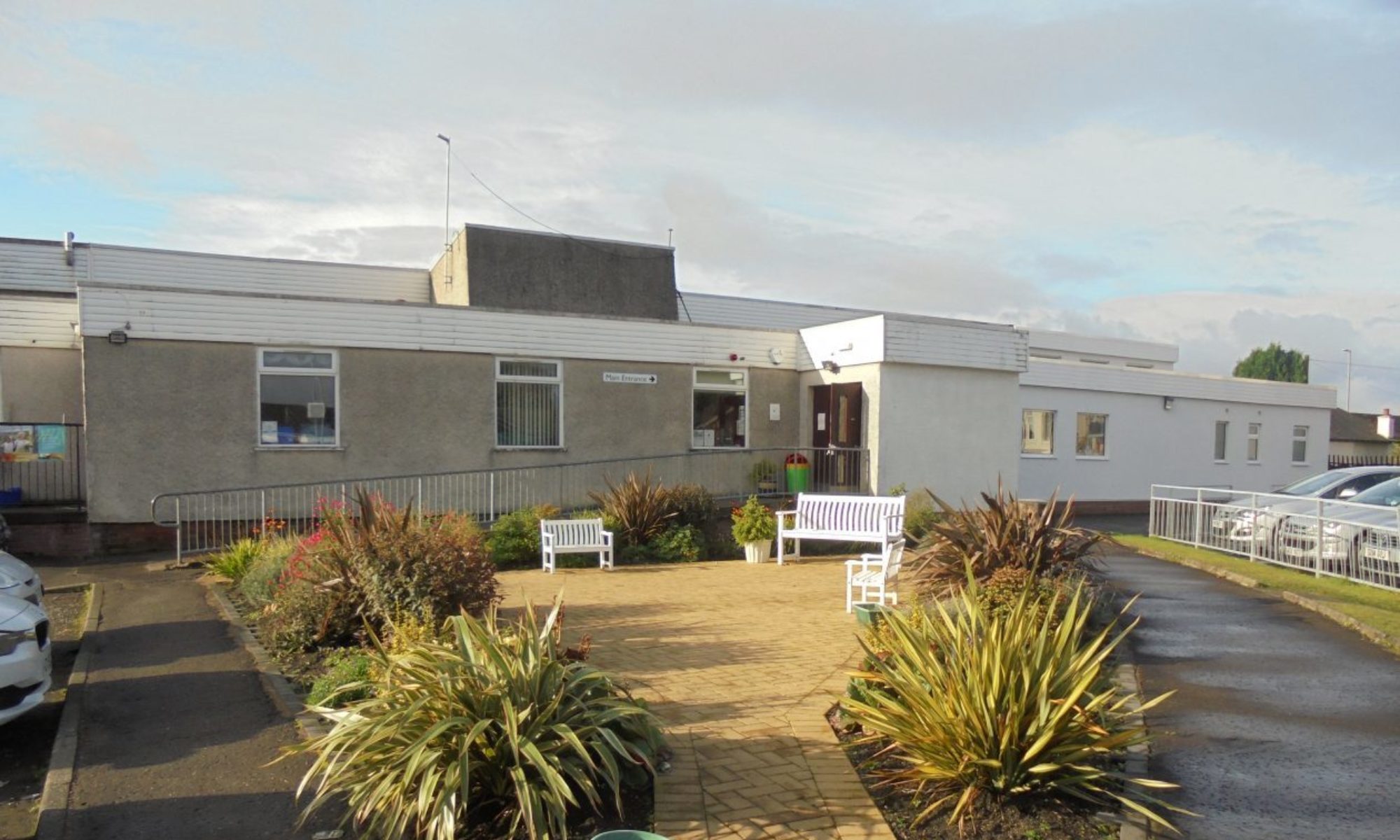The children in the 3-5 room have access to both playrooms, both offer different areas to explore and activities and experiences. Children can free flow between both of these playrooms all day and have full access to our outdoor area.
In the Rainbow Room there is:
Creative Area:
Hand & Eye Co-ordination: Learning to develop fine motor skills takes practice. Whether it’s learning to hold a pencil, mark making or scissor skills, creative activities help to develop your child’s fine motor skills. This also helps your child to compare different materials.
Inspire Imagination: “Imagination is more important than knowledge” (Albert Einstein). When you nurture your child’s imagination you help to nurture their creativity and they grow as an individual. This helps with all areas of learning, enhances their wellbeing and self-development.
Physical Development: In a world where children are exposed to screens at an increasingly early age, helping your child develop their hand and finger strength is vitally important. When your child creates models, manipulates clay or uses their fingers to make marks, this helps to develop their hand and finger strength. Creative activity also supports the development of your child’s movement, balance and spatial awareness.
Sensory Development: Your child makes sense of their world by taking in information from their many senses. Being involved in creative activities helps your child to develop their observation skills, ability to listen to instructions, explore different textures, recognize different smells and gain an understanding of their world.
Communication skills: Creative activities help your child to develop their listening skills, express their feelings, describe their activities and actions, developing their language and their attention to detail.
Concentration: Being creative builds your child’s confidence to try new experiences and activities, builds their persistence and patience and helps them to develop their own ideas. One of your child’s pieces of artwork may look like random scribbles or paint strokes to you, but your child will see something quite different.
Understanding Their World: Creative craft activities help your child’s understanding of the concept of large and small, above and below, hard and soft, wet and dry etc. Activities help them understand that they can effect their environment and creates awareness of being safe.
Physical Development: In a world where children are exposed to screens at an increasingly early age, helping your child develop their hand and finger strength is vitally important. When your child creates models, manipulates clay or uses their fingers to make marks, this helps to develop their hand and finger strength. Creative activity also supports the development of your child’s movement, balance and spatial awareness.
Tinker Area:
Tinkering supports learning through doing and teaches children valuable lessons by helping them develop fine motor skills, problem solving abilities and peer relationships. Through Tinkering, the children will be engaged in open-ended experiences that allow them to question, design, collaborate, and construct knowledge as they go.
House Corner:
The home learning environment is the combination of everything you and your family do and the spaces your child has access to that affect your child’s development and learning. This includes the opportunities your child has to play and interact with books, objects and everyday experiences to help them make sense of their world. The most important feature though, are their interactions with people who provide the love, security, encouragement, conversation and positive role models to help your child to thrive. A good home learning environment encourages children and young people to have positive attitudes to learning, to be curious, and to have confidence in themselves.
Areas in the Sunshine Room:
STEM:
STEM (Science, Technology, Engineering and Maths) focuses not just on science, technology, engineering, and maths, but also on the child’s entire learning process. And this includes the development of soft skills, which are Teamwork, Decision Making, Planning, Learning and communication.
Baking and Snack Area:
The children have the freedom to use their imagination and their interests to bake daily in our Baking Area. They are given the opportunity to use a variety of materials such as the oven, microwave, whisk to create whatever they wish to make, creating their own recipes and taking part in ordering the ingredients. This greatly brings out their confidence and their independent skills as they communicate with their peers and the staff. In the Snack Area the children choose what different foods they would like to try and what different snack items they could make themselves. The children love being involved in their own food choices and they use their self independence skills and risk assess the full time, from cutting up the different ingredients to washing the dishes and filling the dish washer.
Block Area:
- Physical development: Infants and toddlers using blocks are practicing their grasping and hand manipulation skills. Preschoolers and school-age children can refine their gross motor and fine motor skills by building complex structures that require balance, a steady hand, and hand-eye coordination.
- Cognitive skills: Children working with blocks have a chance to use their ideas to produce real structures. Building complex block structures requires children to understand a variety of math concepts, including size, shape, number, order, area, length, pattern, and weight. Children can practice comparison, measurement, and classification, among other essential thinking skills.
- Language development: The block area is an ideal place for children to practice new vocabulary by using words to describe types of buildings, shapes, and structures. When planning a structure together, children must use verbal communication skills. Child care providers can enhance language skills in the block area by using new vocabulary words, encouraging children to describe their structures and their building process, and encouraging children to write stories about the structures they create.
- Social and emotional skills: When working together in the block area, children begin to practice negotiation. They get experience following rules, sharing their ideas and insights, and looking at the world from the points of view of others
Story Garden:
Listening and attention
- When stories are told or read aloud, children learn to listen attentively, anticipate events, and respond to what they hear with comments, questions or actions.
- They learn non-verbal communication through body language and facial expression.
Understanding
- Children ask “how” or “why” in response to stories, providing learning opportunities.
- Children learn to make connections with their own experiences.
Speaking
- Stories lead to conversations, empowering children to express their own ideas.
- Repetition of stories and poems establishes the basics of language in children’s minds and reinforces learning. Children may recite familiar phrases.
- Children learn enjoyment of language, including humour and word play. They love to use big words and will often adopt vocabulary from books.


